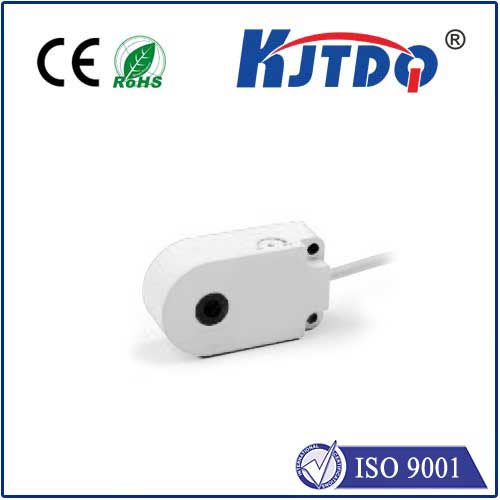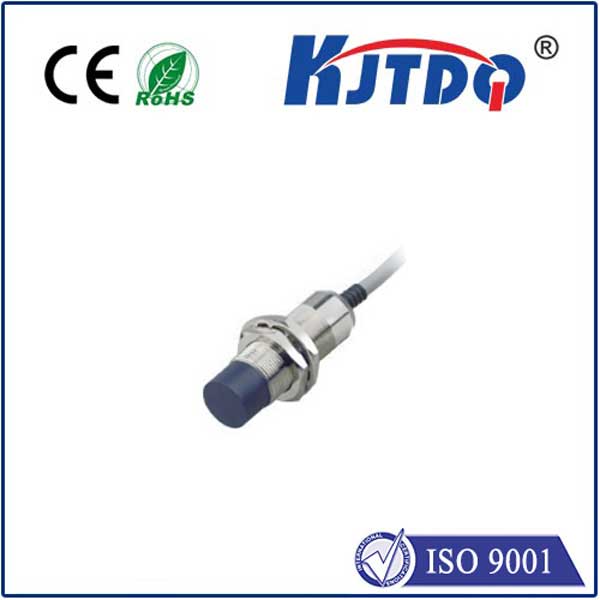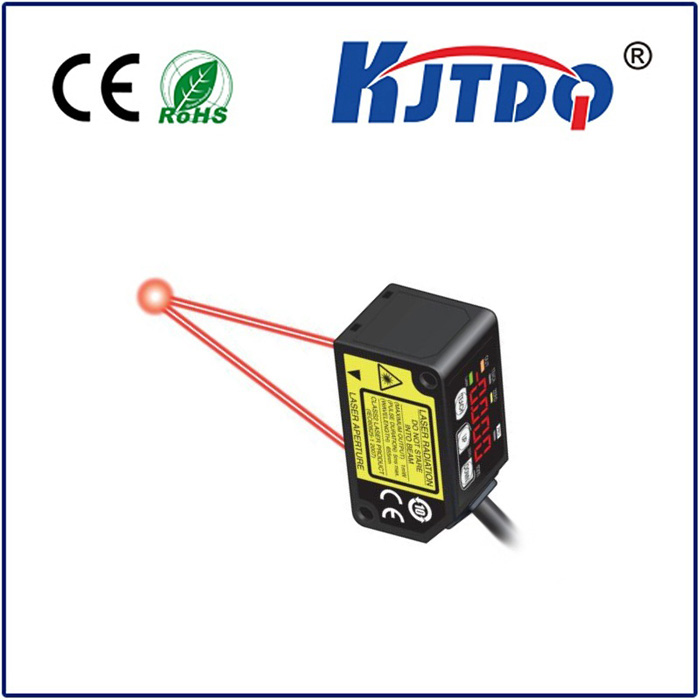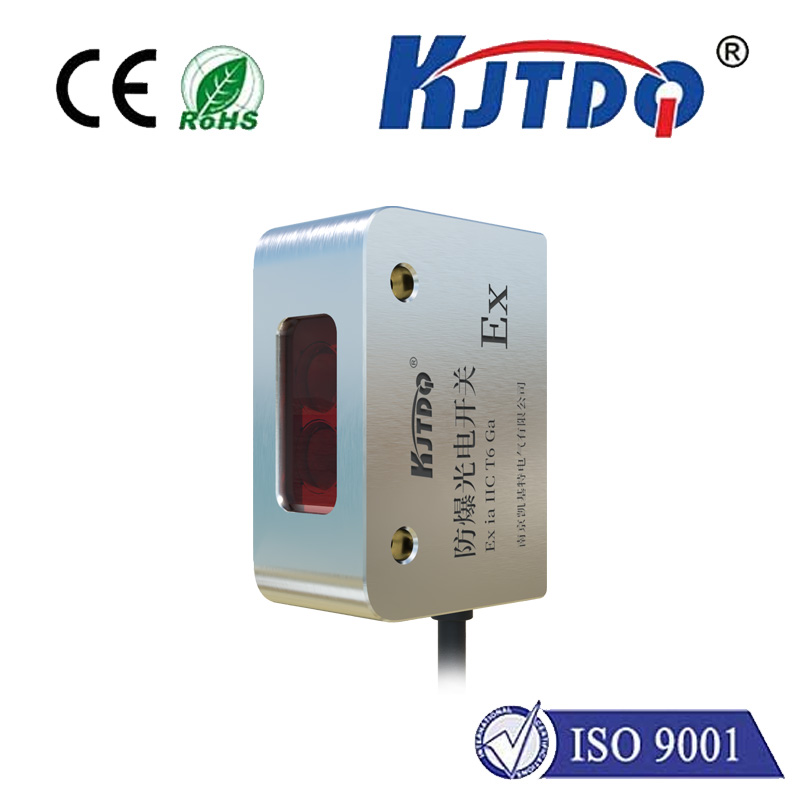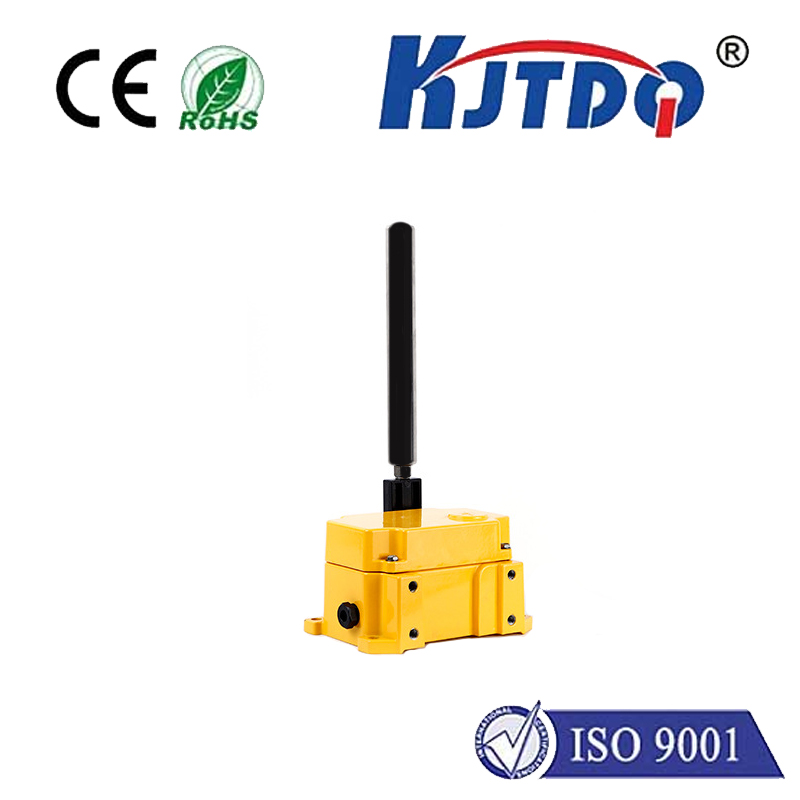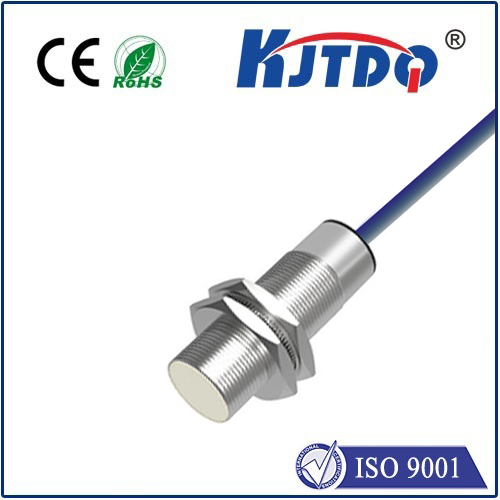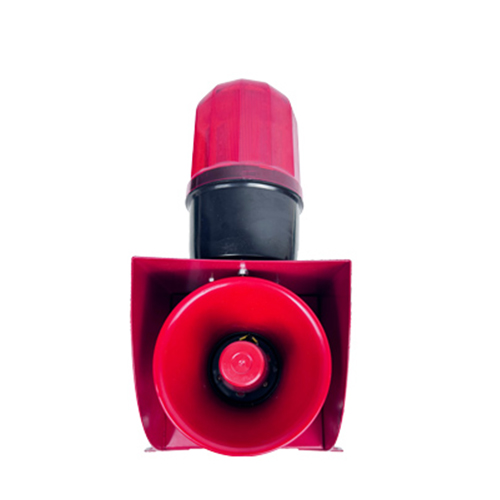laser measuring sensor
- time:2025-09-15 09:48:48
- Click:0
Laser Measuring Sensors: Accurately Mapping the World, One Beam at a Time
Imagine a construction site buzzing with activity. An engineer needs to verify the precise distance across a newly poured foundation pit. Or picture a robotic arm on a factory floor, requiring exact positioning to assemble intricate components. In scenarios demanding uncompromising accuracy, the human eye and traditional tools often fall short. Enter the laser measuring sensor – a technological marvel transforming how we perceive and quantify distance, position, and dimension with remarkable precision.
What Exactly Are Laser Measuring Sensors?
At their core, laser measuring sensors are sophisticated devices that utilize the unique properties of coherent light (laser light) to determine distances or positions of objects non-contact. Unlike ultrasonic sensors or mechanical probes, they leverage light speed (approximately 300,000 km/s) to achieve sub-millimeter precision over impressive ranges, making them indispensable tools across countless modern industries.
The Science Behind the Beam: How They Achieve Pinpoint Accuracy
Most laser distance sensors operate on one of two fundamental principles:

- Time-of-Flight (ToF): This widely used method works much like radar, but with light. The sensor emits a short, focused laser pulse towards the target. A high-speed detector within the sensor then captures the reflected light pulse. By precisely calculating the time difference between emission and reception, and knowing the constant speed of light, the sensor computes the distance (
Distance = (Speed of Light × Time of Flight) / 2). Modern electronics enable these calculations at incredible speeds, providing real-time measurements. Triangulation sensors are a specific type often used for shorter ranges and very high resolution, projecting a laser spot onto the target and using the position of the reflected spot on a sensor array to determine distance via angular relationships.
- Phase-Shift Measurement: This technique modulates the amplitude of the laser beam at a specific frequency. The sensor compares the phase difference between the emitted modulated beam and the beam reflected off the target. This phase shift is directly proportional to the distance traveled. Phase-shift sensors often offer very high accuracy for medium ranges but can be slower than ToF sensors due to the measurement process.
Beyond Distance Measurement: The Versatility of Laser Sensing
While distance measurement is a core function, laser sensor technology extends far beyond simple ranging:
- LiDAR (Light Detection and Ranging): These advanced systems rapidly scan laser pulses across an environment, creating detailed 3D point cloud maps crucial for autonomous vehicles, surveying, forestry, and archaeology.
- Position and Displacement Sensing: Monitoring the exact location or tiny movements (displacement) of objects on production lines, in vibration analysis, or for quality control of machined parts.
- Level Monitoring: Precisely tracking fill levels in tanks (even aggressive liquids or solids) without physical contact.
- Presence Detection: Detecting the presence or absence of objects reliably, even small or transparent items.
- Profile Scanning: Generating accurate cross-sectional profiles of objects for inspection, guiding robotics, or reverse engineering.
Why Choose Laser? Key Advantages Shaping Industries
The adoption of laser measuring sensors is driven by compelling advantages that solve critical measurement challenges:
- Exceptional Precision: Delivers micrometer to millimeter level accuracy, far exceeding traditional mechanical methods.
- Non-Contact Operation: Eliminates wear and tear on the sensor and prevents damage to delicate target surfaces, ensuring long-term reliability and cost savings.
- Long Working Ranges: Capable of measuring from millimeters up to kilometers (depending on type and power), offering incredible flexibility.
- High Speed & Responsiveness: Provides near-instantaneous measurements, essential for dynamic processes like robotics guidance or high-speed production control.
- Compact Size & Robustness: Modern designs pack powerful capabilities into small, often rugged housings suitable for demanding industrial environments, resisting vibration, dust, and challenging lighting conditions.
- Minimal Target Dependency: Provide reliable readings on a vast array of surfaces – smooth, rough, dark, light, shiny, or matte – though extremely reflective or absorbent surfaces can sometimes pose challenges, mitigated by specific sensor configurations.
Where Precision Matters: Laser Sensors in Action
The applications for laser distance sensors and related technologies are incredibly diverse:
- Construction & Civil Engineering: Accurate layout, leveling, volume calculations, machine control (e.g., graders, excavators), deformation monitoring of structures, tunnel profiling.
- Industrial Automation & Robotics: Critical for precise robot guidance, object positioning on conveyors, quality inspection (dimension checks, gap measurement), palletizing, and logistics automation.
- Manufacturing: Controlling processes like cutting, welding, and assembly, ensuring part dimensions meet specifications, monitoring vibration on machinery.
- Agriculture: Precision spraying, yield monitoring, terrain mapping (LiDAR), and autonomous equipment guidance.
- Logistics & Warehousing: Dimensioning packages for shipping optimization, automated guided vehicle (AGV) navigation, inventory management.
- Aerospace & Automotive: Ensuring perfect component alignment, gap and flush measurement in assembly, wind tunnel testing, and inspection of complex surfaces.
- Research & Development: Scientific experiments requiring precise spatial data, material testing, 3D scanning for prototyping.
Choosing the Right Laser Measuring Sensor: Key Considerations
Selecting the optimal sensor requires careful analysis of your specific needs:
- Required Range & Accuracy: Define the minimum/maximum distances you need to measure and the level of precision necessary.
- Target Properties: Consider the reflectance, color, and surface texture of your target objects.
- Environmental Conditions: Account for factors like temperature extremes, dust, moisture, vibration, and ambient light interference. Look for IP ratings indicating environmental protection.
- Measurement Speed: Determine how quickly measurements need to be taken and processed (update rate).
- Output Interface: Ensure compatibility with your control system (e.g., analog voltage/current, digital I/O, serial interfaces like RS232/RS485, industrial buses like Ethernet/IP, Profinet, EtherCAT, or CANopen).
- Physical Size & Mounting: Ensure the sensor fits within the available space and mounting constraints.
Lighting the Path Forward: The Evolving Landscape
Laser measuring sensor technology is in constant evolution. We see trends toward:
- Smaller, More Powerful Sensors: Continuous miniaturization with increased capability.
- Enhanced Smart Features: Built-in intelligence like filtering algorithms, self-diagnostics, and simplified configuration via intuitive software or apps.
- Improved Performance in Harsh Environments: Greater resilience to extreme temperatures, humidity, dust, and shock.
- Lower Cost of Entry: Making high-precision measurement accessible to a wider range of applications.
- Integration with IoT and Cloud Platforms: Enabling remote monitoring, predictive maintenance, and data analytics.
From ensuring skyscrapers rise perfectly vertical to guiding autonomous vehicles safely through complex environments, laser measuring sensors provide the foundation of precision our modern world increasingly demands. Their ability to deliver accurate, reliable, non-contact measurements at high speed makes them not just tools, but essential enablers of innovation, efficiency, and quality across the entire technological spectrum. As capabilities expand and costs decrease, their transformative impact will only continue to deepen.












